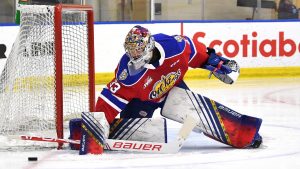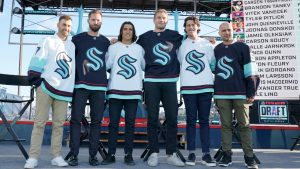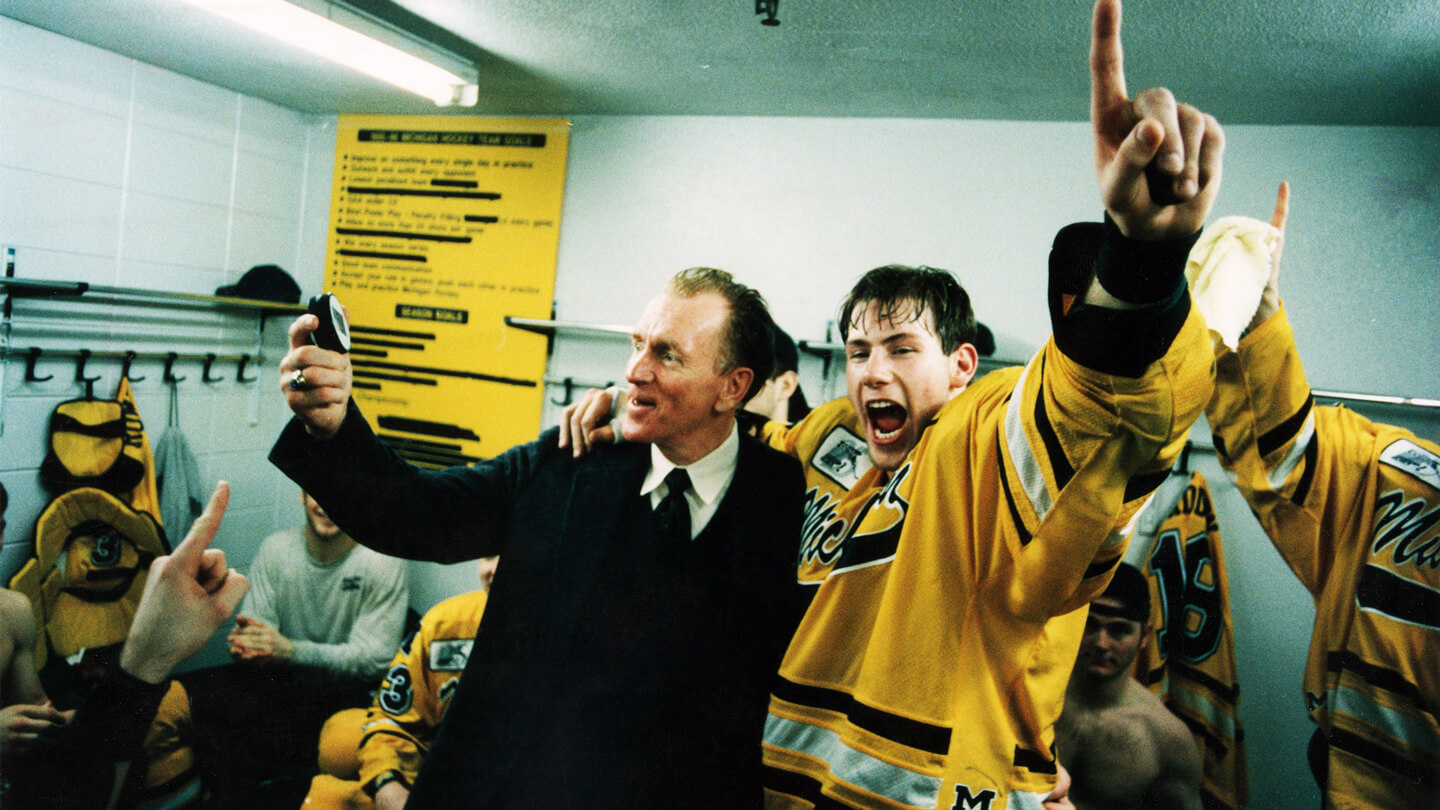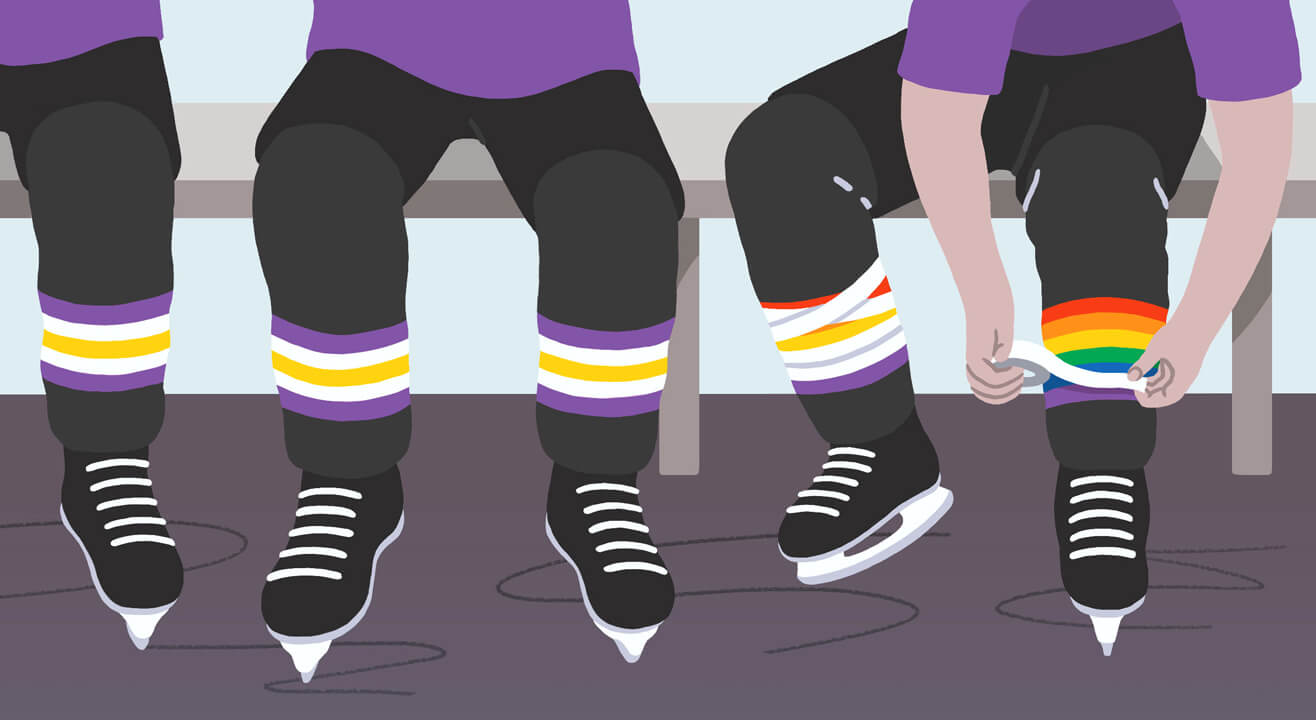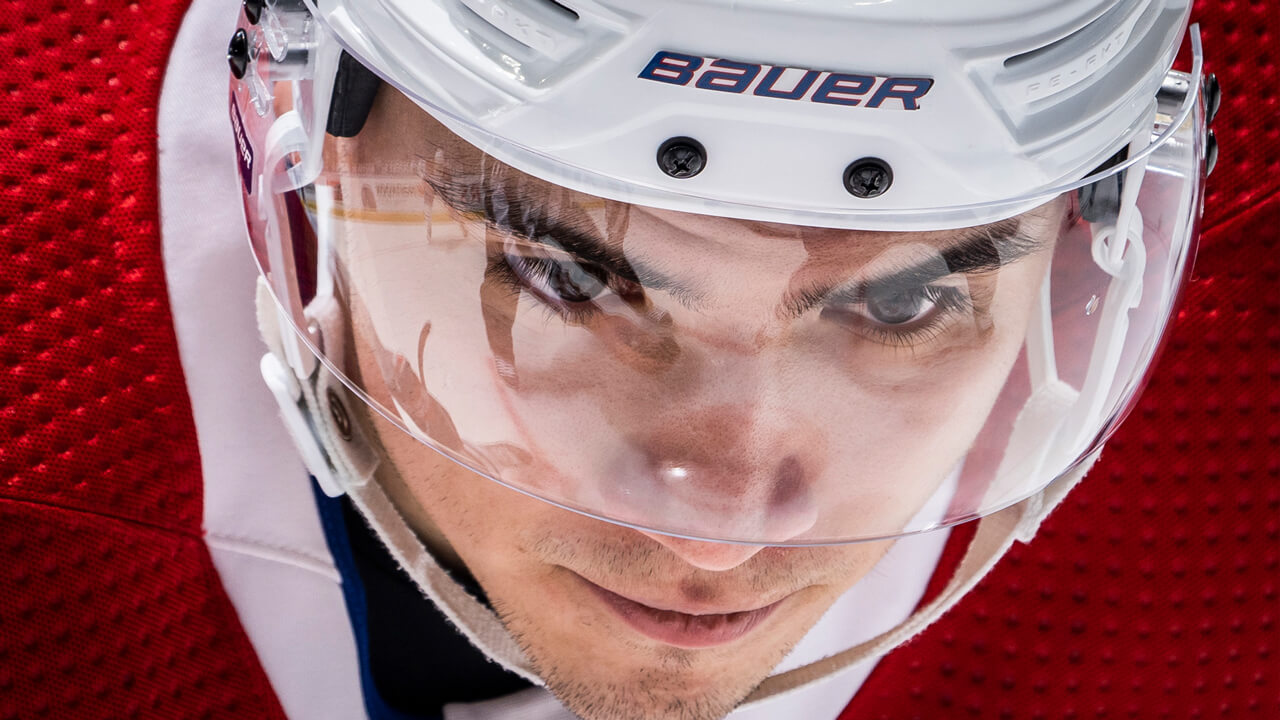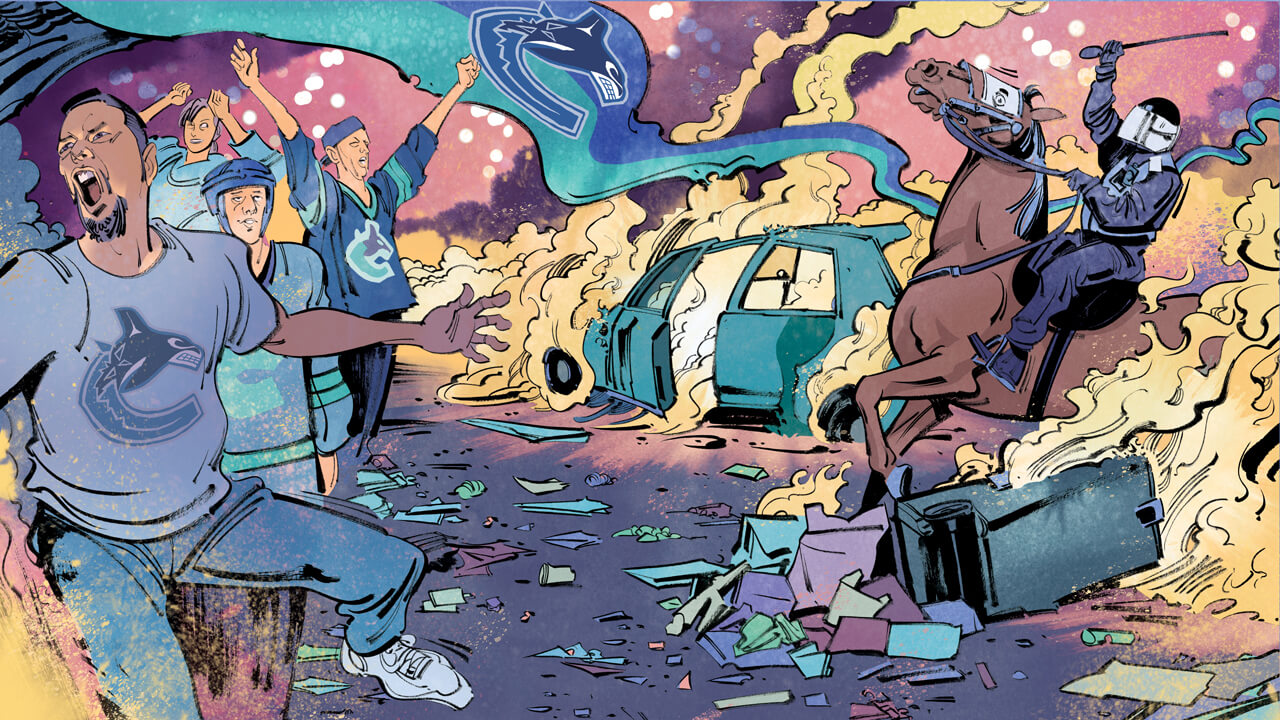This cluster of talent isn’t a recent or even an emerging phenomenon, but rather a self-perpetuating piece with history. “Michigan has had more players drafted than any other NCAA school,” says Red Berenson, the former NHLer who coached the Wolverines from 1984 to 2017 and now, at 81, serves as a special advisor to the school’s athletic director. “The fact is, in recruiting, talent attracts talent. The top young players see the success of the team and they see [Michigan players] getting drafted — they want to be a part of that. They also recognize that the University of Michigan offers them a chance to get a great education and to make contacts with people who can be important in their lives far beyond their playing careers.”
In that way, the Michigan hockey program isn’t a hockey hothouse along the lines of, say, the basketball team at the University of Kentucky, where elite pro prospects put in one season before going to the pros. “There’s no single formula for recruiting or development here,” Berenson says. “We’ve had players who’ve played one year before going to the NHL. Kyle Connor [of the Winnipeg Jets] led the country in scoring [with 35 goals and 71 points in 38 games] in his freshman year and moved on to the NHL. He became too good for NCAA hockey. We’ve had a bunch of players who stayed in school and got an education before going on to long NHL careers, like Mike Knuble, Brendan Morrison and Marty Turco.”
These players, Connor, Knuble et al, played for Berenson but when he retired from coaching, he handed over the whistle and clipboard to his long-time assistant, Mel Pearson. While history and the honour roll of distinguished player alumni are magnets for elite recruits, he acknowledges that the setting, the Ann Arbor campus, and the scene at the old arena, are key draws. “If Yost isn’t our greatest recruiting tool, it’s the one thing that makes the biggest impression on young players,” Pearson says. “A teenager who sits in the stands for a game and hears the crowd getting into it, the live band playing rather than the piped-in music you get in the pros, the cheers and chants, the banners … that stays with the kid. Anyone wants to be a part of it.”



